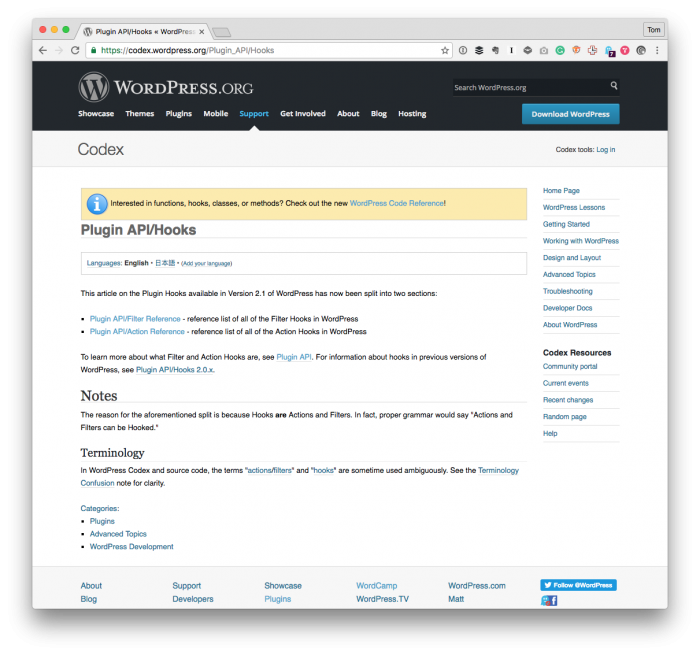Software development soapboxes is a term that I use to describe whenever anyone tries to posit themselves as a superior developer because they use different tools than you.

Why, yes, my pipe is superior. Please hush and allow me to explain why.
For example, I just talked about my return to MAMP. It’s an option that we have, clearly.
Vagrant, Trellis, VVV, and other options are popular when it comes to building advanced solutions on WordPress. So when I wrote about my move back to MAMP, I expected some pushback or some argument(s), though I didn’t get any.
Perhaps no one cares, perhaps I’m writing into a void, perhaps everyone agrees with me (which is likely the case 😇), or perhaps it’s not worth talking about it.
I’m kidding, of course. Instead, I did receive one tweet that resulted in a great conversation. And I mean that non-sarcastically.
@fgacv asked:
have you tried vagrant? or the trellis box?
— The Notorious G.A.C. (@fgacv) October 10, 2016
And I think it’s a fair question especially because anyone who writes software in WordPress is likely to come across these (among many other) solutions, possibly evaluate them, and then find the one they like most.




